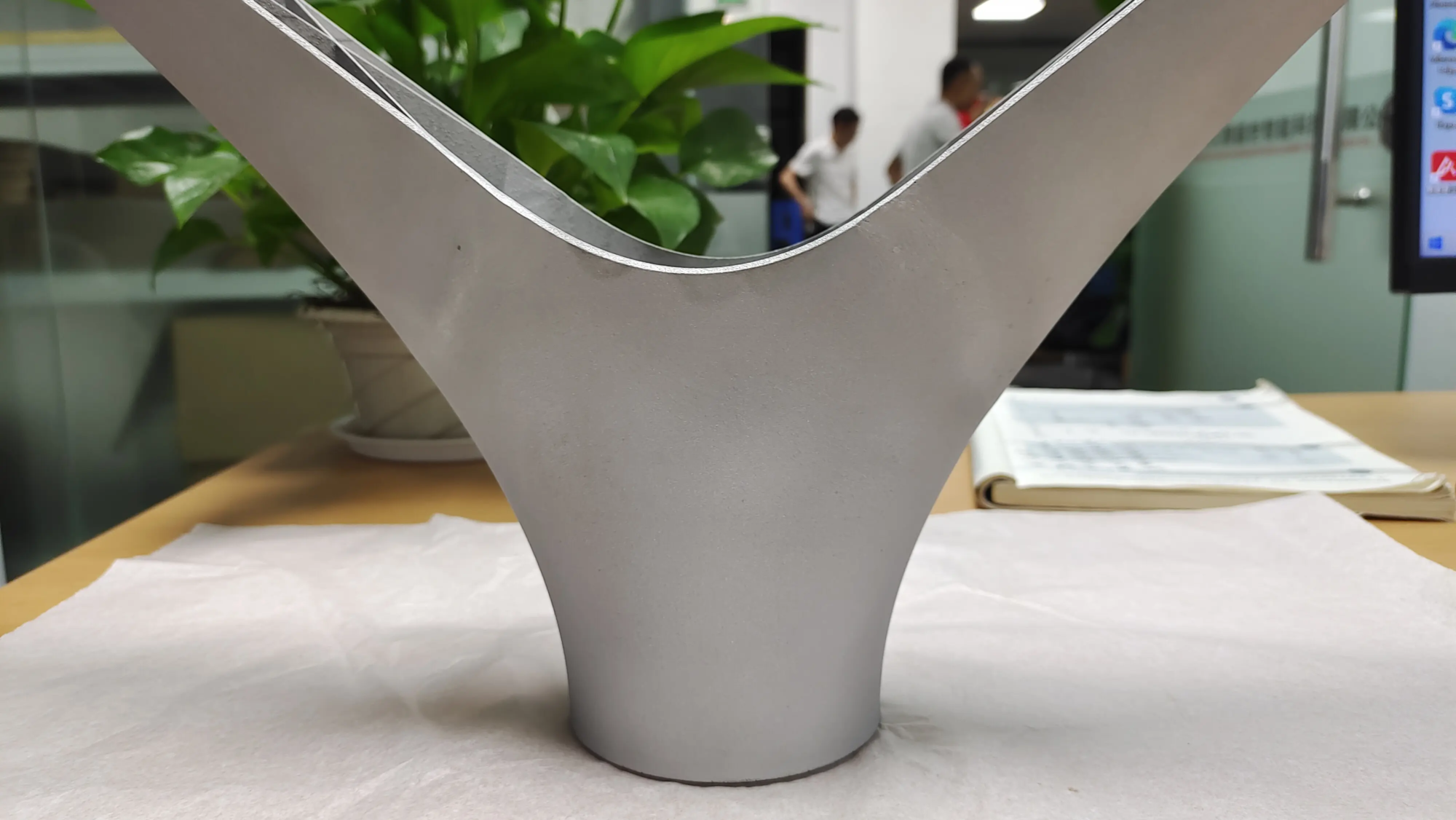Among the many areas of application of 3D printing technology, aerospace is undoubtedly the most representative.
In 3D printing in the aerospace field, there is both the use of metallic materials and non -metallic materials. But metal materials, on the other hand, take a central position with their important advantages in resistance, sustainability and adaptability.
With its unique capacity, additive manufacturing technology (AM) can produce parts with high -resistance and light characteristics, bringing many technological breakthroughs and innovative possibilities to the aerospace industry, making it printing applications more 3D.
Then, the resource library will focus on the most commonly used 3D printing processes and metal materials in aerospace and their respective characteristics. Help us to understand more clearly the advantages and disadvantages of these metal materials and their unique value in aerospace applications.
Type of Metal Additive Manufacturing Process (AM)
The manufacturing processes of metal additives have unique advantages in high -end manufacturing fields such as aerospace. From fine and complex components to the treatment of large restoration, different processes offer a wide range of choices to meet various needs. The following categories can be divided into:
1.
The spray process of “glue” links the powder particles in a desired shape by spraying a liquid binder on the metal powder. This process is often compared to the way in which inkjet printers print paper. Although the following steps may require sintering or other treatments, the process has drawn attention to its rapid molding properties.
2. Powder bed fusion
The fusion technology of the powder bed melts the particles of metal powder through the laser or electron beams and merges them with three -dimensional solids. This category includes a variety of sub-processes, such as selective laser sintering (SLS), multi-jet fusion (MJF), direct metal laser sintering (DMLS). These technologies can precisely treat complex geometric forms and are widely used in the manufacture of high performance components.
3. Directed energy deposit (DED)
The directional energy deposit uses the laser or the electron beam to act on the powder or the metal wire to complete the deposit and the fusion of the material. The equipment is generally equipped with multi-axis robotic arms, where the powder or the metal wire are placed on the substrate by nozzles, while melt it with energy sources to form a solid structure. This process is suitable for repairing large parts or the manufacture of functional gradient materials.
4. Extrusion of materials
The material is extruded by heating the wire or the metal composite material, passing through the nozzle and placing the layer by layer on the work platform. The current processes include: modeling of cast iron deposits (FDM)、Merge wire manufacture (FFF), a technology commonly used in the manufacture of prototypes or application scenarios sensitive to costs.
Manufacturing materials of metal additives in aerospace
In aerospace applications, strict material requirements have made materials such as titanium, aluminum, nickel -based alloys and stainless steel play an important role in additive manufacturing. The choice of good material depends on the specific application requirements, such as resistance, weight, corrosion resistance and high temperature performance. The following is an analysis of the most common metal types in the aerospace field and their advantages and disadvantages.
1. Titanium and titanium alloys
Titanium is one of the most representative metal additive materials in the aerospace field, and its characteristics include:
Advantages: high resistance and weight ratio, excellent corrosion resistance and good high temperature performance.
Disadvantages: it is expensive, requires a lot of post-processing and is slower due to high energy consumption.
2. Aluminum and aluminum alloy
Aluminum materials are favored for their mild properties, with the main characteristics as follows:
Advantages: light weight, high resistance / weight ratio, excellent thermal and electric conductivity, relatively low cost (in particular non -critical components).
Disadvantages: Low fatigue resistance and pore problems that are easy to cause.
Typical alloy: – alsi10mg: has excellent corrosion resistance. – Scalmylloy: Adding scandium elements to increase the resistance of the material.
3. Nickel -based alloy
Nickel -based alloys (Brand Increal) are “super alloys” in aerospace, known for their high temperature performance:
Advantages: It can maintain high resistance in environments at high extreme temperature, while having good chemical and mechanical stability.
Disadvantages: high time and long printing time.
Common alloys: Increal 625 and Increal 718, widely used in aviation components under high temperature and high stress conditions.
4. Stainless steel
Stainless steel has an optional variety of alloys in additive manufacturing, and its properties are as follows:
Advantages: high resistance, excellent corrosion and profitability resistance, suitable for a variety of parts.
Disadvantages: high temperature high -temperature performance has decreased slightly.
Common alloys:
– 304 alloy: consists of iron, carbon, chrome and nickel, with excellent complete performance.
-316l alloy: contains molybdenum, further improving corrosion resistance and ductility.
-17-4 PH alloy: alloy hardened from precipitation, known for its high hardness, its resistance to corrosion, its resistance to high tensile and its elasticity limit.
5. Cobalt chromic alloy
Cobalt chrome alloys are known for their resistance to wear, resistance and sustainability, but they also have their limits:
· Advantages: Suitable for components with high resistance to wear.
Disadvantages: high cost, brittle and difficult to treat.
6. Other metal materials
In addition to the common metals mentioned above, 3D printing also involves other metal materials, in particular:
Copper: used in electrical applications.
Niobium, zirconium, tantalum and tungsten: suitable for high temperature or special environments.
HASTELLOY: An alloy with excellent resistance to corrosion, adapted to the chemical and aerospace industry.
Overall, titanium, aluminum, nickel, stainless steel alloys and cobalt chrome alloys dominate aerospace 3D printing. These materials have their own advantages, can meet different performance needs and offer greater design freedom and manufacturing capacity for the aerospace industry. By rationally selecting materials and processes, 3D printing technology promotes aerospace to lighter and higher performance.
|





